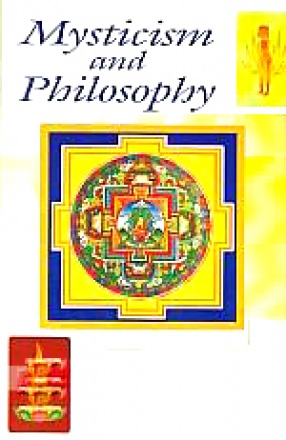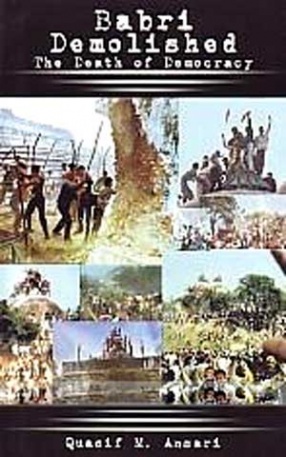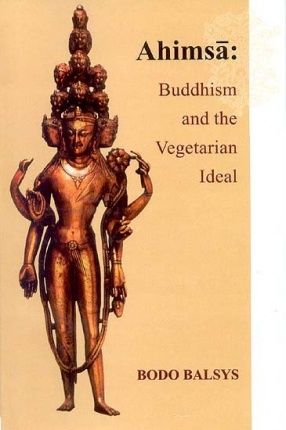The main focus of this study is the Kali temple of Kalighat, one of the most sacred pilgrim centres of Hindus in India. It is an effort to weigh the radiating influence of a traditional religious centre over the contemporary social life. The temple, devotees and all sacred performances at Kalighat have been discussed in detail with emphasis on the changing pattern of religious practices, the utility of pilgrimage for the promotion of trade and market complex, diversified role of sacred specialists, evolution and new perspective in sacred tradition. The work is the outcome of intensive fieldwork. Here the main consideration is Kali Puja, an act of reverence towards the power goddess Kali which is an ancient, most popular, complex as well as simple form of Hindu religious rite involving critical preparation and widespread participation. The detailed description and subsequent interpretation of the rituals at Kalighat presents a view regarding the sentiments of present-day-Hindu society as it emerges through different patterns of worship and different modes of people’s involvement into it. The basic elements which have been highlighted in the analysis are social configuration, human disposition, Changing value system and rules of conduct in an age-old society. On a broader theoretical level she intends to discuss the problems of myths and religion, ideology and social structure – a microcosm of Indian civilization. The work not only provides an elaborate ethnographic account in the perspective of socio-religious study, this can also serve as a model in the study of a civilization.
Kalighat: Its Impact on Socio-Cultural Life of Hindus
In stock
Free & Quick Delivery Worldwide
reviews
Bibliographic information
Title
Kalighat: Its Impact on Socio-Cultural Life of Hindus
Author
Edition
1st ed.
Publisher
ISBN
8121204011
Length
x+157p., Maps; Appendix; Index; 23cm.
Subjects






There are no reviews yet.